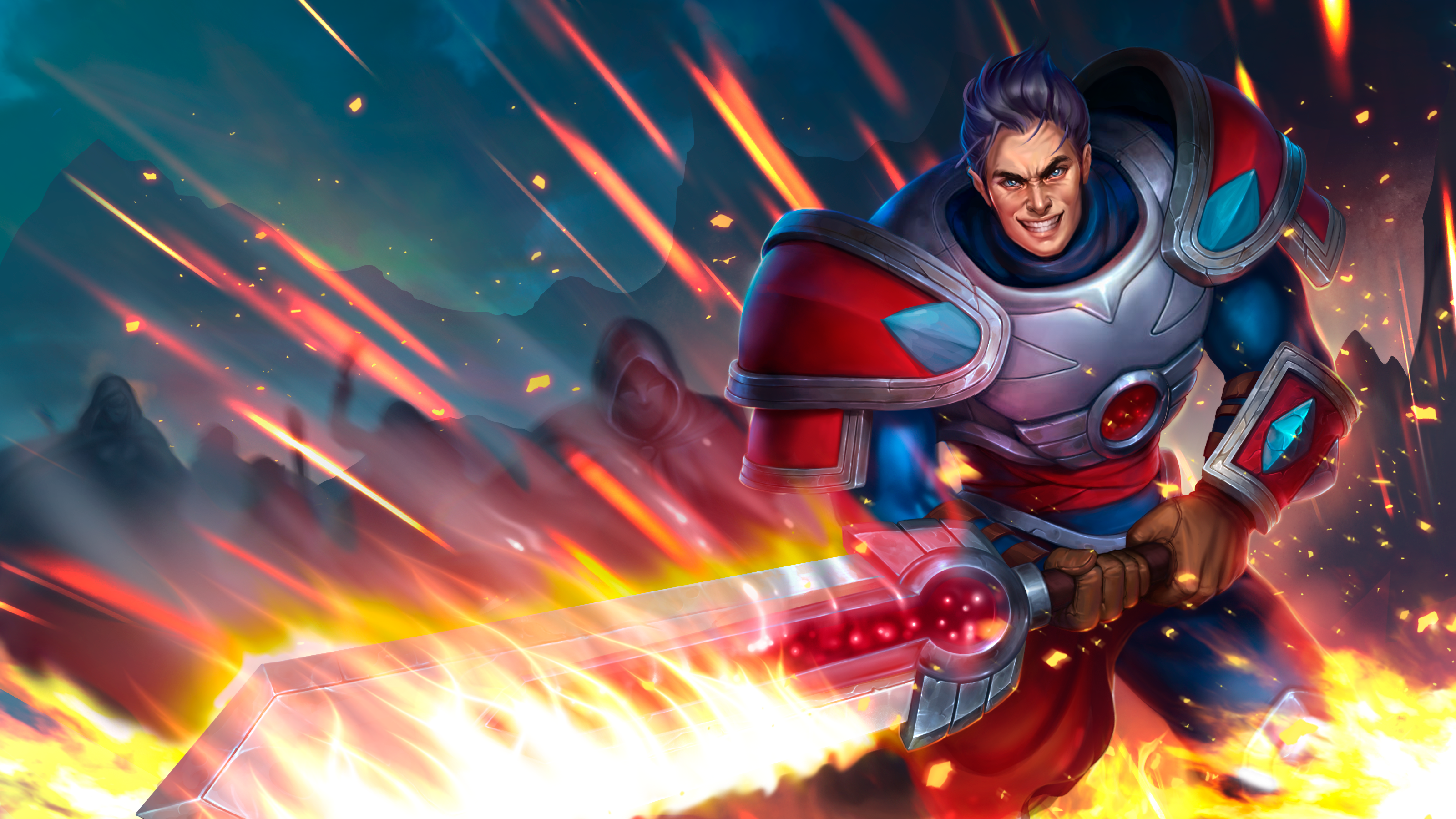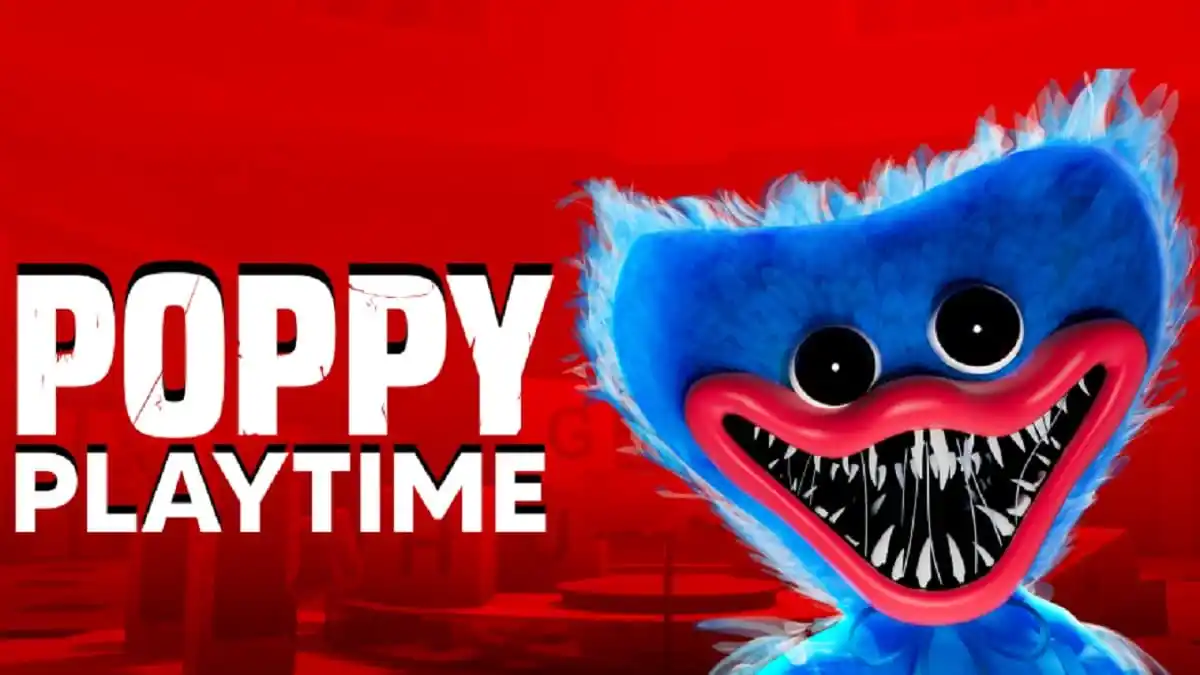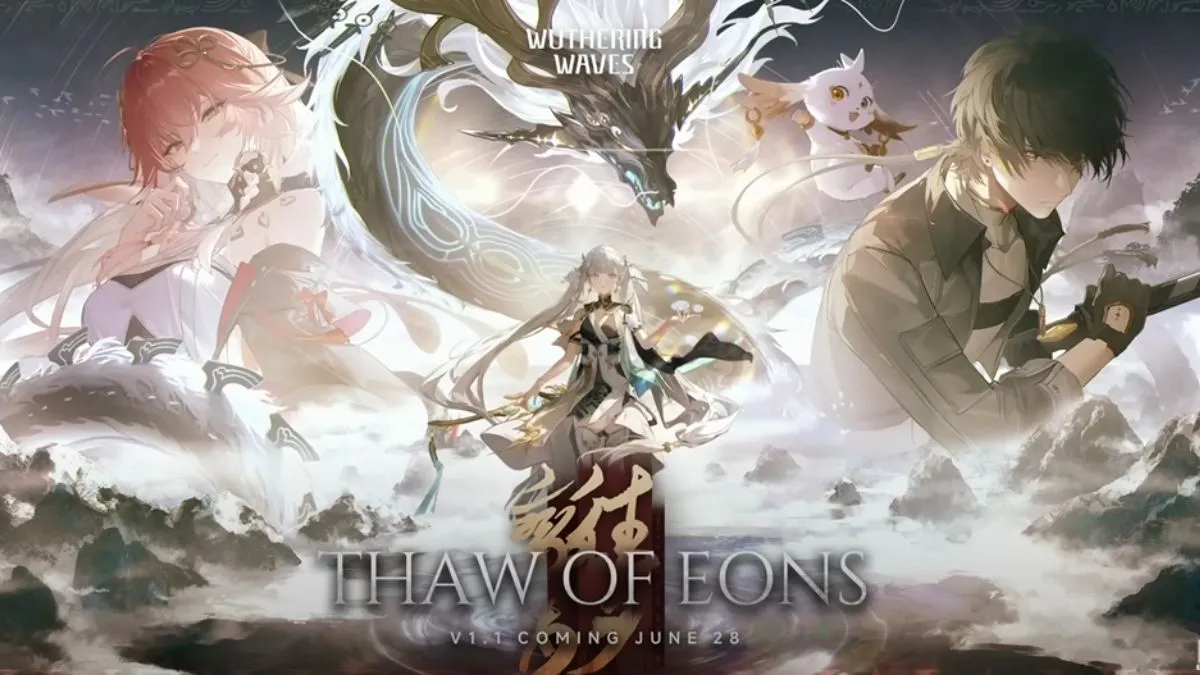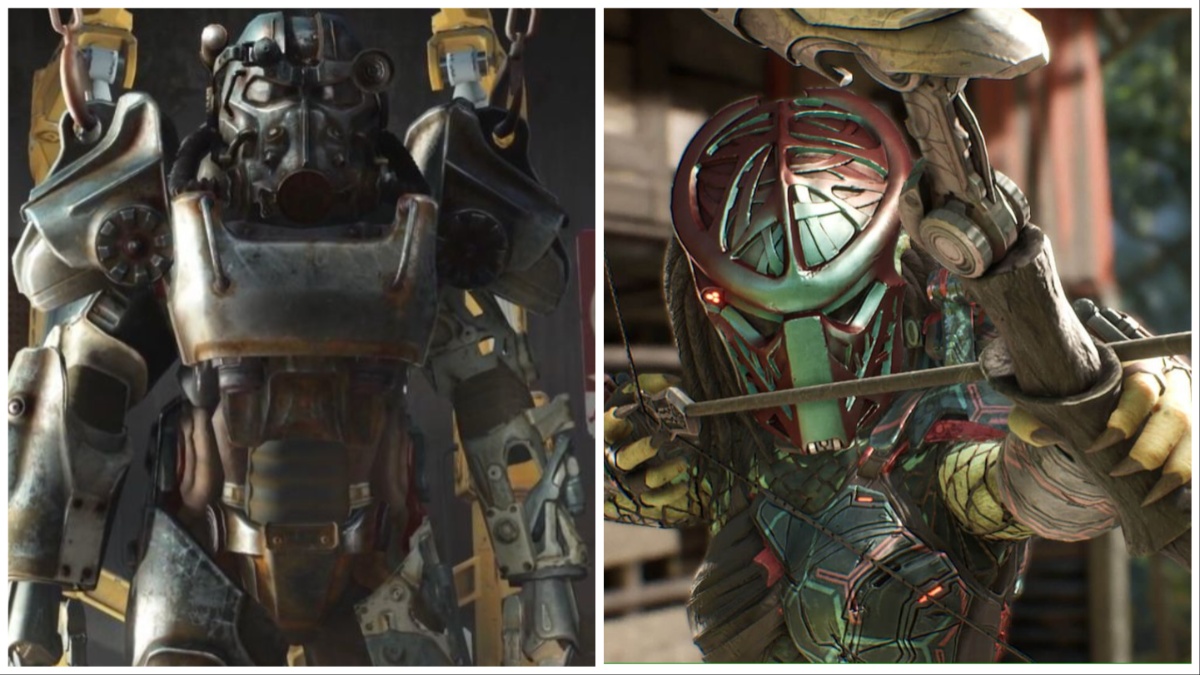As an angsty teenage girl in the early 21st century, I spent a fair amount of time being misunderstood. I dyed my hair blue, raced BMX bikes, and chaired both my High School’s radio club and gay-straight alliance. I also spent a fair amount of time with a small group of guy friends, usually at one of their parent’s homes, playing games. We put blankets on the windows, consumed unhealthy amounts of velveeta mac and cheese, and played games for whole weekends whenever possible. These friends –whom I am sadly not close with anymore– introduced me to the wonderful worlds of PC gaming, and MMORPG’s.
To be specific, these fantastic and amazing best of best friends, introduced me to Dark Ages of Camelot (DAoC). Recently, that world came crashing back into my life when I discovered that the founders of Mythic Entertainment were Kickstarting a new project, titled Camelot Unchained. Within the realms of DAoC I had grown to be a slightly less angsty and misunderstood young adult, usually behind the facade of my Hunter “Adwylalin”. All while questing, menacing local wildlife, and teaching my pet wolf to pull for me while I sat quietly and invisibly by- searching for my chances to help my realm conquer another.
Thirteen years later, I still have the game. The servers are all but gone, but the beautiful realms and adventures remain. When I last logged a few hours, I ran into the occasional player and waved in passing. However sadly, the memory of loading Jordheim into a rush of mixed level players and immediate system lag, was just that, a memory. Thankfully also thirteen years later, the founder of DAoC’s Mythic Entertainment: Mark Jacobs, is at it again creating independent startup City State Entertainment, and the world of Camelot Unchained.
![]()

(Photos sourced from www.citystateentertainment.com and www.kickstarter.com)
Meet City State Entertainment
Jacobs has joined forces with game development superstar Andrew Meggs, most recently well known for his work on Elder Scrolls: Skyrim, who is also a veteran of the DAoC development team. The two created City State Entertainment in early 2011, a self-funded studio looking to make their game, their way- without hindrance of trademarks or limitations. In their initial kickstarter videos they bluntly state that if this project doesn’t get funded, the game won’t get made- at least, not by them and not the way they envision it.
Under the CSE banner they have gathered together a team of artists and developers both new and veteran, all of them shiny and ready for the challenge before them: bringing to the world an exclusively “Tri-Realm” Massively Multiplayer Online Roleplaying Game, Camelot Unchained (working title). In reading and watching the generous quantities of content available on the kickstarter site, (as well as their camelotunchained.com and citystateentertainment.com) the CSE team has a fantastic balance of serious and silly, experience and doe-eyed naivety, and notable masculine and feminine input. Also ducks, lots of adorable rubber ducks.
A: These ducks are taking on a life of their own, aren’t they. We got them at an ice cream social our building complex had for all the tenants. In one of our videos, the backers started talking about the ducks. Well, I ran with that idea and starting putting them under trees, having them attacked by a dinosaur, etc. We now will have a duck-themed wallpaper and find a way to put them in our game as an Easter Egg.
The story of ‘Camelot Unchained’
Originally, Dark Ages of Camelot brought to the gaming world the concept of Realm vs. Realm gameplay (or RvR since the term is now trademarked by publisher Electronic Arts). Players selected a realm and a server, leveled their character within that realm in PvE leveling areas/tracks, and then went out in search of adventure. Within DAoC, a unique experience was provided where higher level characters could test their mettle against players of other realms. The gaming community embraced this gameplay on both small scales (“oh excuse me good sir, would you like to trade this- HIBERNIAN SCUM! DIE FOR THE GLORY OF MIDGARD”), and in larger scale raids pitting guild against guild and friend against friend (because Braveheart). The unique experience, has largely not been duplicated since, or really even attempted on this scale until now.
Creating a Niche game for gamers by gamers.
Camelot Unchained has labeled their take on RvR gameplay “Tri-Realm,” a nod to the game’s three realms: the Vikings, the Arthurians, and the Tuatha Dé-Danann. Planning a game purely driven by RvR gameplay is a risk, a huge one. Something Mark Jacobs acknowledges frequently, but also has had a great response to from the gaming community at large:
A:The most excitement was centered around the idea of having an RvR-focused game. The most skepticism was centered around the idea of having an RvR-focused game without PvE leveling.
Despite the similarities with it’s Tri-Realm gameplay, Camelot Unchained brings an extremely different type of history and story to the table, as well as a specific lack of traditional PvE leveling. We find ourselves in the aftermath of an apocalyptic “piercing of the veil,” wherein untold quantities of magic and power flooded the world, destroying almost everything. That same strange magic leaving those strong enough to survive with the power to make the world great again, and the drive to conquer it all.
To drive home it’s point, City State has created thirteen foundational principles: everything from “RvR isn’t the end game, it’s the only game (#2),” to “Chaos goes boing (#13)!” The depth of description and thought poured into these principles is obvious, referred to as less a set of guidelines, but more “the bedrock” of the game’s development and potential success . I strongly suggest reading through the full list of foundational principles.
The Pillars of Gameplay: Tri-Realm combat, Crafting & Player Housing
Creating a niche game does come with a bonus: catering to untapped niche interests. Camelot Unchained will have three pillars of gameplay at its core: Tri-Realm combat, Crafting, and Player Housing (also referred to by Jacobs as “building” things). Tri-Realm combat being the foundation of the game, is a pretty easy concept for the gaming community to get ahold of. Having the other two pillars be crafting and player housing? Jacobs and Meggs are offering the misfits of the gaming world a new home.
Crafting Class
Jacobs has outlined a very distinct process for the crafting classes: they craft.
This allows players who want to follow a crafting class to have their own unique leveling track. The crafter class also allows for a fully player driven economy, powering all the realms. If you want a rainbow cloak (excuse me I have a thing for rainbows), you won’t be able to just go find an NPC, hand over some looted coin, and suit up. In CU you would need to hope that there is a crafter somewhere who also has an affinity for rainbows. You could visit that player’s shop, or what Jacobs calls a “bazaar like setting,” and acquire crafter’s wares in time to run valiantly and colorfully on to the battlefield.
Player Housing
With the housing system, players of all classes will be able to build their own huts, forts, castles and fortresses. Having a crafter on hand, or being a crafter- will enable you to fortify and design those dwellings, or build upon existing ruins, to your own personal or group tastes (rainbow castle anyone?). In many ways, this makes these two pillars of gaming absolutely essential to successful game play in a completely innovative and enchanting way.
Shut up and take my money.

(Above image is not a direct link, nor does GameSkinny specifically encourage players to support any games. No compensation or direction was given in relation to this article. Sourced from citystateentertainment.tumblr.com)
The Goal
The City State team has created their Kickstarter with an aim for $2 million dollars in crowdsource funding. The “kicker” being that co-founder Mark Jacobs has already raised an additional $1M in funding from unknown sources. More importantly: Jacobs will be providing $2M of his own money to support the project if it funds. He adamantly clarifies that even if the kickstarter goes beyond it’s funding goals, as long as it is funded he will be lining those preciously built coffers with the additional $2M no matter what. Jacobs also want’s it clear that kickstarter donations are going purely into the game’s creation and publication, with not one penny going towards his salary or incentives.
Q: Do you have any qualms about the decision to invest 2 million of your own money? Have you received any skepticism or looks of disbelief- specifically in the wake of the tragic end of 38 Studios?
A: Absolutely, it’s a scary thing. On the other hand, I’ve been making games for 30 years, so this is not my first rodeo like it was for Curt Schilling, unfortunately. As far as looks of disbelief, a few, but many people are simply skeptical of a niche, RvR-focused MMORPG.
I dream of frame-rate.
Jacobs and Meggs quickly realized that their dream game may be in need of a pretty key element, a dream engine. Videos from the Kickstarter updates show the foundations of an engine Meggs is designing, specifically to support the game’s high volume Tri-Realm combat situations. More specifically, he is designing it to support the team’s vision that the game be fluid, responsive and focused on frame rates.
In one of the early videos, lead developer Andrew Meggs shows off the engine despite its relative infancy. Taking one of the characters from City State’s first game, “March on Oz” and rendering it with 10,000 clones walking around on screen. This demo, despite being planned specifically for the lower res characters- flows beautifully and without the kind of lag one would expect to see with numbers even half that high. They took it a step further to show off their team’s networking chops, and went back to “March on Oz.” In just a short time, they ported characters and environments over onto their new engine/network as the incredibly likeable “City State Smackhammer.” In the video, the CSE team is even more endearing sitting at their desks around the office gleefully chasing each other around with giant hammers- and their excitement is infectious.
Q:Mark, you have said your focus on combat is for it to be fluid, responsive and immersive; Andrew you have shown us exactly what your custom engine can do for us in the RVR (10,000 players in one battle) space. In both examples you have both mentioned sacrificing things like not having top of the line lighting, somewhat sparser environments, limiting models etc. Have you received more positive or negative feedback from players around this give and take?
A: Both, as expected. When you read some comments on the forums it goes like this “We don’t care about anything but gameplay; just give us gameplay!” Developer: “Okay, we are going to be using our engine, which will make the game look good, although not like a Crytek engine, but ours will handle bigger battles.” Forums: “What? I want it to look great too!”
Overall though, I think that the majority of our backers, especially those who played Dark Age of Camelot, will tell you they would rather have speed and performance than better quality and a slideshow. Oh, and that 10K model demo was for low-poly ones, as Andrew explained.
55% funded, with 60% of time left!
As of the writing of this article, Camelot Unchained has 19 days to go until it’s completion at 11:56am EDT on Thursday May 2nd. So far the project boasts a staggering $1,101,802 and counting, across a surprisingly low 6,902 backers. The reward tiers for CU quickly became a topic of conversation, with Founders Points taking on a life of their own. Backers earn a set quantity of Founders Points, usable in the Founders Exchange once the game launches for specialized items, spaces, names and experiences, depending on their level of donation. Within just 4 days the response from backers and potential-backers was clear, they wanted to “BUY ALL THE FOUNDERS POINTS!” Backing from big names like Obsidian and InXile have not hurt City State’s Cause, and to date the game has three “Dragonwhale” backers (these generous folks donated $10,000 and earned a trip to CSE headquarters), with all twenty five rewards tiers at the $5,000 level having been claimed.
Q:What is something that has truly surprised you in the response from the gaming community around Camelot Unchained?
A: The unbelievable level of support from our backers. We do not have the most backers of any game, but the amount of support they have shown us through their pledges and their overall enthusiasm and generosity has been incredible.
We’re making this game, this world-
But you are going to move in, and live there.
The City State team has done an unbelievable job interacting with the commenters, responding to their requests (guild name reservations becoming available via Founders points, in example), and making sure they understand how much this game is being made for them. As of now on their kickstarter alone, the project is home to over 19,500 comments, and can also be reached through their Tumblr. As Mark Jacob’s very aptly stated, “we’re making the game, the world- but we’re asking you to live in it.”
Would you play?
If you’ve ever played Dark Ages of Camelot, or known someone who has- you know the depths of development experience Camelot Unchained’s Tri-Realm combat already has under it’s belt, from the City State Entertainment founders alone. If you’ve ever played an MMORG, or RPG and thought “this game would be so much better if I could spend all my time building, designing, forging and generally creating things” –then CU’s niche crafting and player housing tracks may speak to you. Either way, the gamer inside us all needs to spend some quality time devouring all the content readily available on Camelot Unchained’s kickstarter, website, and blog (among other things). We have a true opportunity to support a niche of gaming, that has never really been attempted before; Become a part of something revolutionary in the MMORPG space. The passion City State Entertainment has shown in their almost overwhelmingly well rounded and frequent updates, posts and videos- is truly all encompassing. With the help of the gaming community, their Kickstarter lists a proposed launch of Holiday 2015, with earliest beta access available in about a year.
All I can think now, is whether I might find some other folks in the classic realms of Dark Ages of Camelot- impatiently awaiting the unprecedented arrival of Camelot Unchained.
An extremely sincere ‘Thank you’ to Mark Jacobs of City State Entertainment for responding to this author’s questions, as well as the thousands of others sent his way!
Sources for this article (and your consumption):
www.CityStateEntertainment.com
http://www.kickstarter.com/projects/13861848/camelot-unchained
www.CityStateEntertainment.Tumblr.Com






Published: Apr 13, 2013 05:29 pm